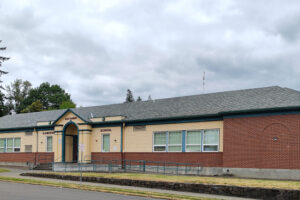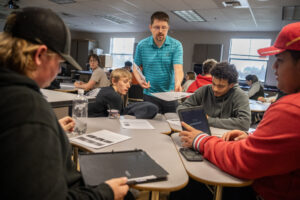For the first time in at least 10 years, the Washougal School District and its teachers union have come to a bargaining agreement without mediation or arbitration.
The district and Washougal Association of Educators union reached agreement on the new, two-year teachers’ contract after their 18th bargaining session on July 29. Union members ratified the agreement on Aug. 21 and the Washougal School Board approved the new contract on Aug. 25.
“There was a commitment on both sides,” said Aaron Hansen, the school district’s assistant superintendent of human resources and student services. “We’re all on the same team, after all, and it felt like this time we were working together. There was mutual accountability, and we felt good about that. Going into (negotiations), knowing what we were going to be dealing with in the fall, there was a higher level of grace and patience, which helped.”
Union president Eric Engebretson, a fifth-grade teacher at Gause Elementary School, said it felt good to get the contract done so early this time.
“We worked really hard … We had a bumpy patch and some sticking points, but were able to get past those things,” he said.





